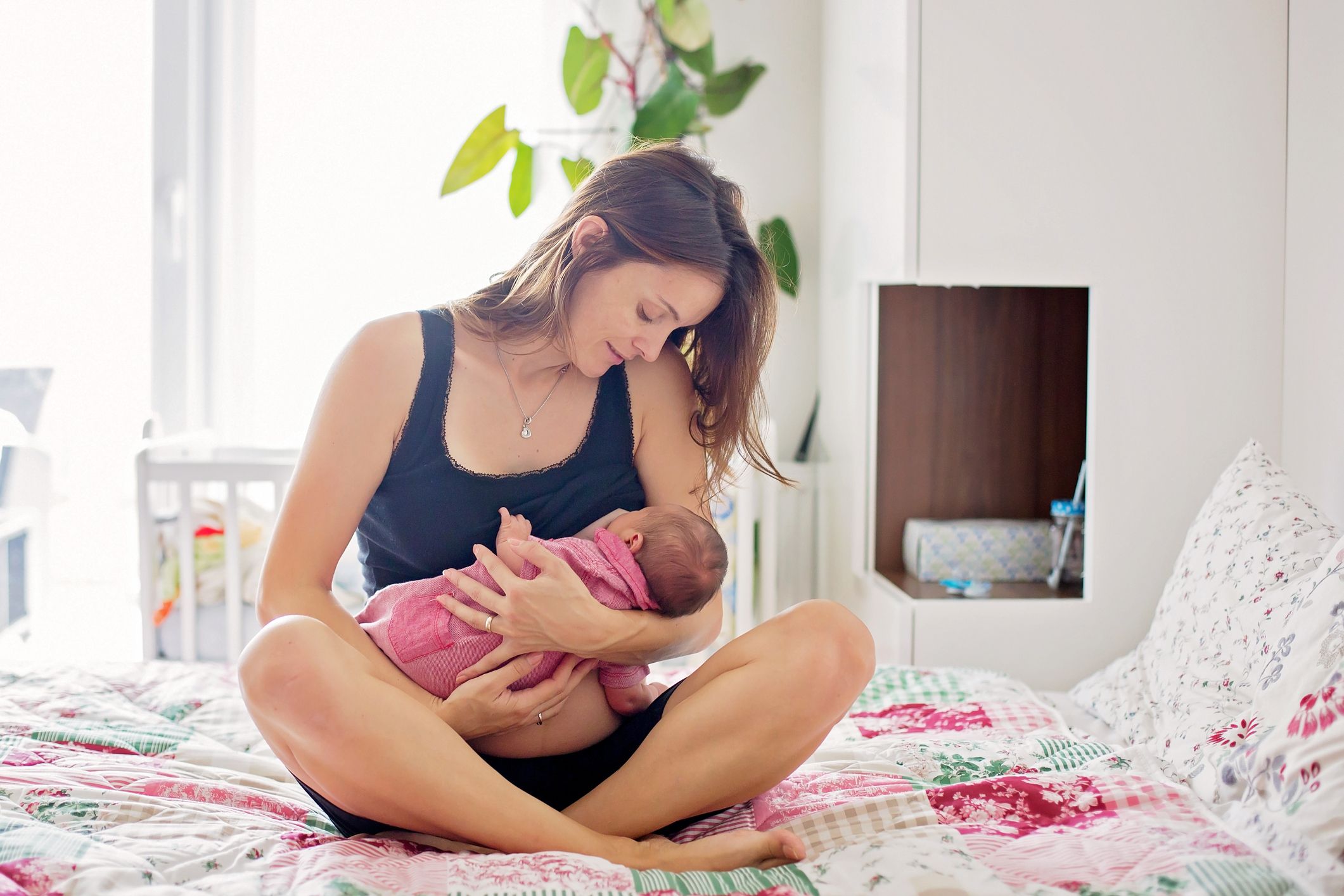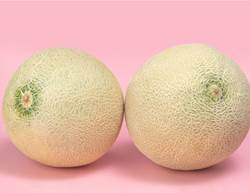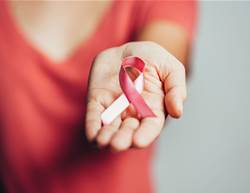As far as body parts go, nipples tend to fly under the radar - until they hurt, that is. Then they hurt.
Fortunately, breast and nipple pain is usually not a sign of breast cancer. Instead, it can be a result of that long run you took, the time of the month, a treatable infection, or pretty much anything and everything in between.
Even so, staying up to date with mammograms and telling your doctor or a breast specialist about any nipple or breast symptoms you may be experiencing are vital to your overall health.
“Because the nipple is connected to the rest of the breast through nipple ducts, any condition anywhere in the breast can cause referred pain in the nipple,” explains Dr David Euhus, a specialist in breast surgery.
With that said, here are seven reasons your nips might be feeling more discomfort than usual.
You’re a newbie runner

Think about it: If your ladies don’t stay in place, all of that friction can cause some serious skin breakdown, and in turn, pain.
Nip fix: Buy a better bra
“It’s important to wear a good quality sports bra to reduce movement of the breasts while running,” says nurse Jennifer K. Hazelton.
Look for a bra made for your go-to form of activity (running bras tend to have more support) and never wear a new sports bra on race day. If you’re in a great sports bra and still noticing issues? Covering your nipples in Vaseline can reduce friction (and thus pain), she notes.
You have a skin condition
Dry, itchy rashes on or around your nipple could signal either contact dermatitis or eczema, says dermatologist Dr Melissa Kanchanapoomi Levin. Contact dermatitis is an irritation or an allergic reaction that crops up if your skin comes into contact with something it doesn’t like, such as detergents, dryer sheets, fragrances, or clothing materials, she says.
Nip fix: Switch out the products you're using
Switching to hypoallergenic, fragrance-free products and natural fabrics like cotton can help stop the pain.
“You can also apply an over the counter 1 percent hydrocortisone to soothe any inflammation,” she says. If that doesn’t work? Make an appointment with your dermatologist.
Eczema is a chronic skin condition that can affect the nipples as well as other areas of the body, like your hands or scalp. A doctor can help determine the root problem to find a treatment that works best for you.
Your hormones are going crazy
During both your period and pregnancy, your breasts let water leak into spaces around your milk gland cells, explains Dr Euhus. “This creates a stiff environment for the breast cells that helps them divide to expand the milk glands to get ready for breastfeeding,” he says. Since the nipple connects to the rest of the breast through a dozen or so milk ducts that get stretched as the breast swells, this also proves to be painful. Generally, it’s normal, notes Hazelton.
Nip fix: Make a few small lifestyle changes
A well-fitted bra and avoiding certain triggers can offer some relief. Caffeine can lead to breast pain in some women, she notes, and eating lots of salt can increase fluid retention, which may cause aching.
You have a yeast infection
Nope, not down there. “Thrush of the nipples” is a yeast infection on the nipples, says Hazelton, and tends to pop up in women who are breastfeeding. “It can cause the nipple to itch and crack and may cause a burning type of pain,” she says.
Nip fix: Fight that fungus
An antifungal cream or a prescription pill can treat it. If you’re breastfeeding, it’s important to treat your child (often with drops), too.
“Over-the-counter antifungal creams are a fine way to start,” explains Dr. Euhus. “Look for creams that have triamcinolone, nystatin, or clortrimazole.” If the situation is not much better in a week, schedule an appointment with your doctor.
You’re breastfeeding

It’s no surprise that having a baby attached to your nipple could lead to dry and cracked skin. “It takes time to build up the tissue,” notes Dr Euhus.
But symptoms can go beyond dryness. “Bloody discharge from a nipple duct opening is usually a benign milk duct polyp,” he says. While it’s likely harmless, if you notice any bleeding, see a doc to be safe. In rare cases, bleeding can be a sign of underlying cancer, especially in older women, Dr Euhus notes.
Nip fix: Reach out to a lactation consultant
If you just find feeding to be incredibly uncomfortable due to nipple pain? Incorrect infant mouth-to-nipple latch could be to blame, says Hazelton. While nonsteroidal anti-inflammatory drugs such as Advil and moisturisers like lanolin ointment can offer some relief, speaking with a lactation consultant or an obstetrics nurse can address any problems early on. Switching the breast you’re feeding with can also help, notes Dr Euhus.
You have another kind of infection
Mastitis is a bacterial infection of the breast that often pops up in pregnant or nursing women when bacteria sneaks in via nipple cracks, says Dr Euhus. If you have it, on top of nipple pain, you might experience a fever, chills, swelling, and redness.
If you’re not pregnant or breastfeeding? Infections called periareolar abscesses, infections of the skin proteins that fill the ducts near the tip of the nipple, can pop up. You might notice pus, nipple discharge, and general breast pain. The infection tracks under your areola and forms an abscess at the edge, says Dr Euhus.
Nip fix: See your doctor
Both mastitis and periareolar abscesses usually heal up with a round of antibiotics. If abscesses are recurring problem, a surgeon might need to remove the duct causing the infection, he notes.
In rare cases, it could be a sign of cancer
Remember: “In general, most breast pain is not an indicator of cancer,” says Hazelton.
But one-sided nipple pain accompanied by skin changes-bleeding, a rash, or clear discharge, for example-could be a sign of Paget’s disease, a rare cancer of your areola and skin around it.
“This is a rare form of nipple cancer which may include underlying breast cancer,” she says.
If you notice unilateral, spontaneous symptoms that don’t seem to be caused by anything in particular, see your doc. If things don’t get better with antifungal creams or antibiotics, you might need to see a breast specialist, too. “A breast exam plus mammogram and ultrasound are often the first steps in evaluating discharge,” says Hazelton.



.jpg&h=90&w=90&c=1&s=1)






